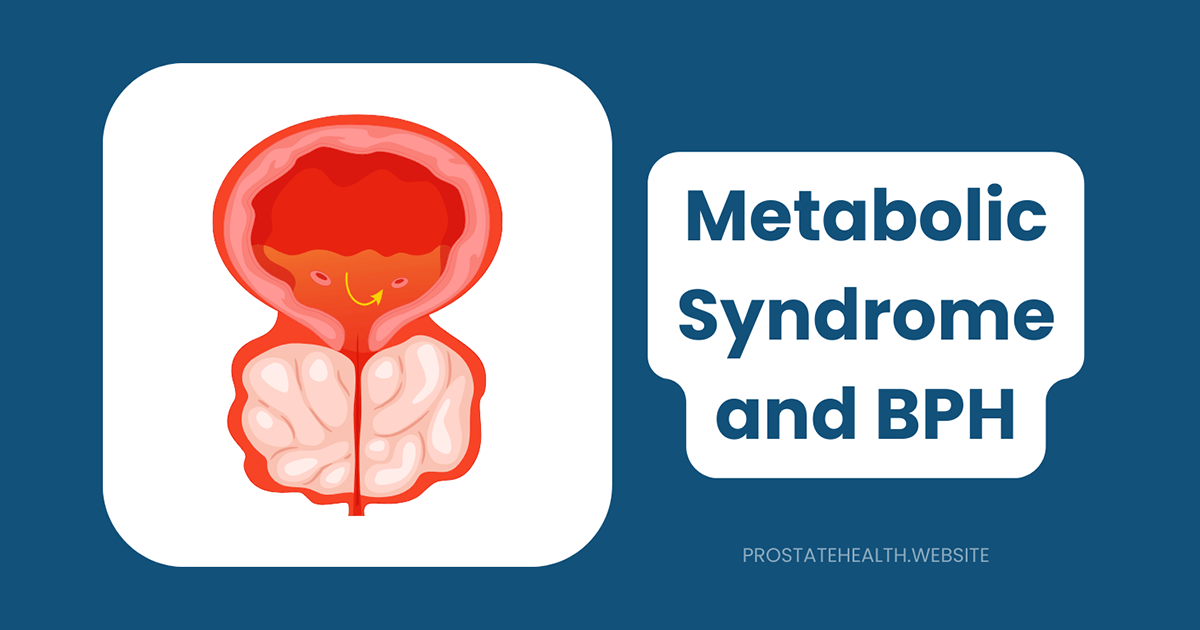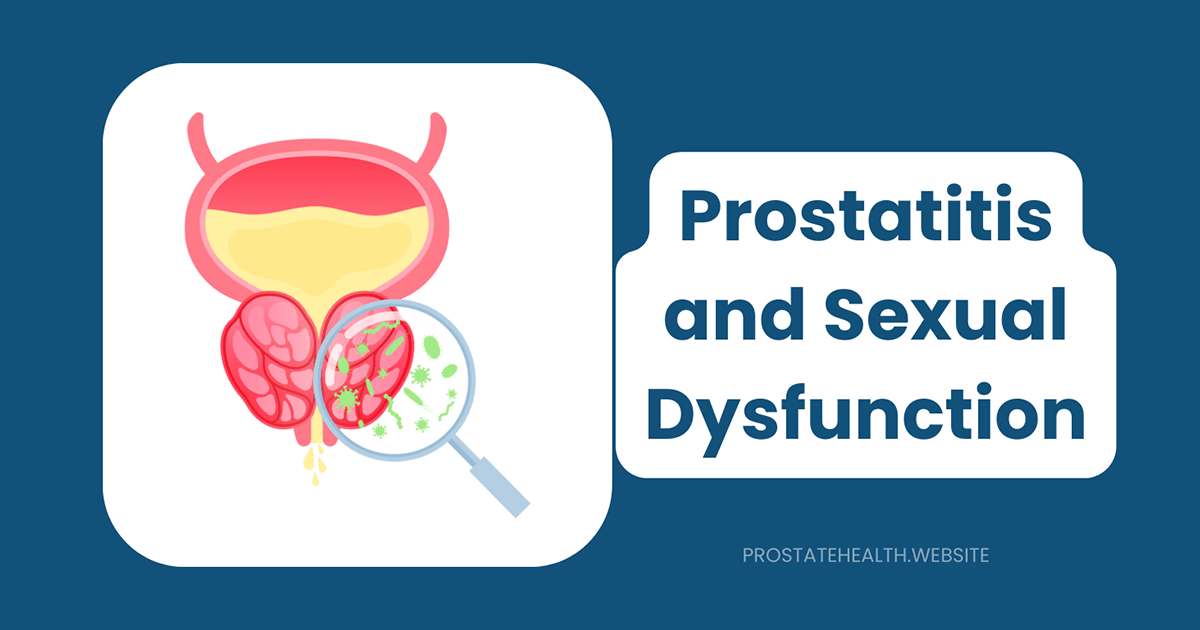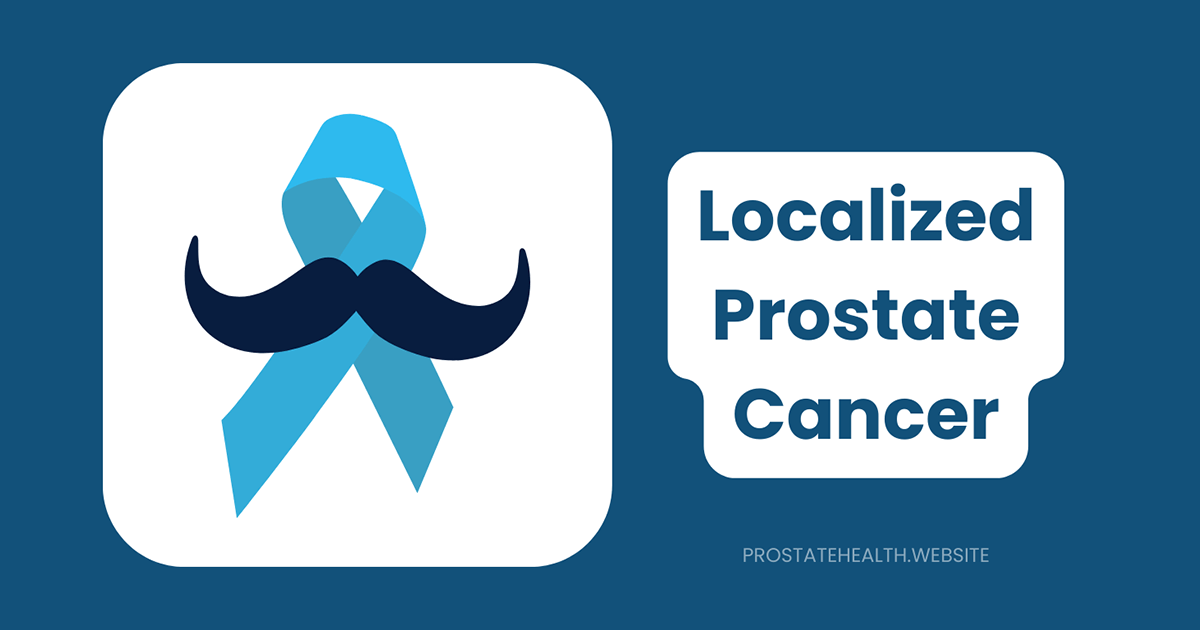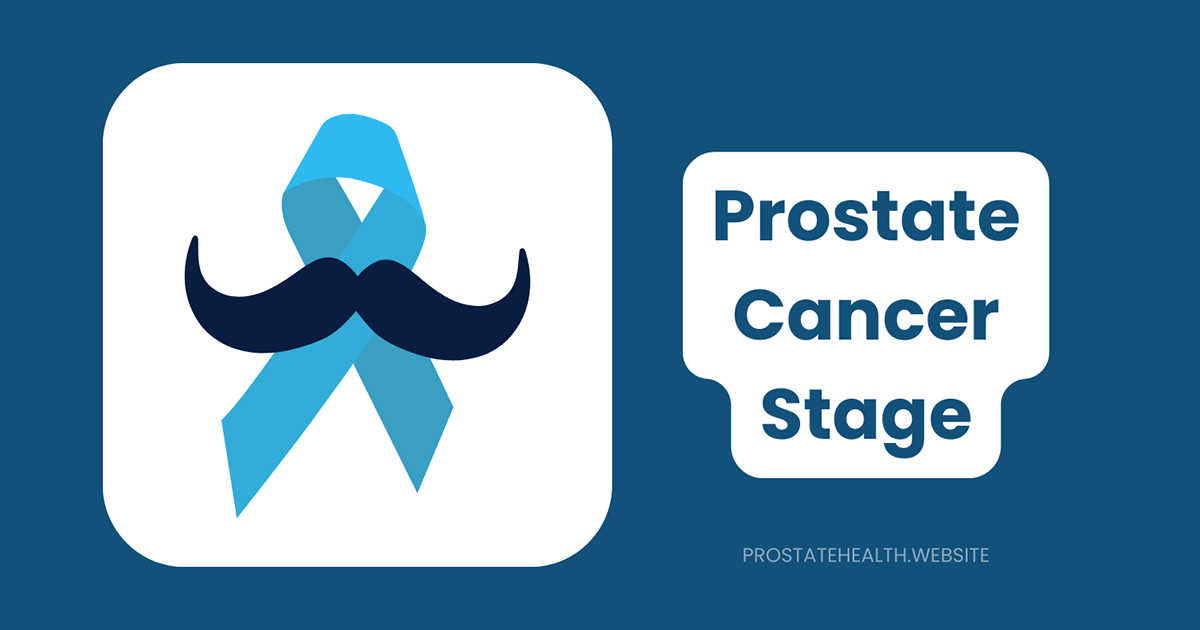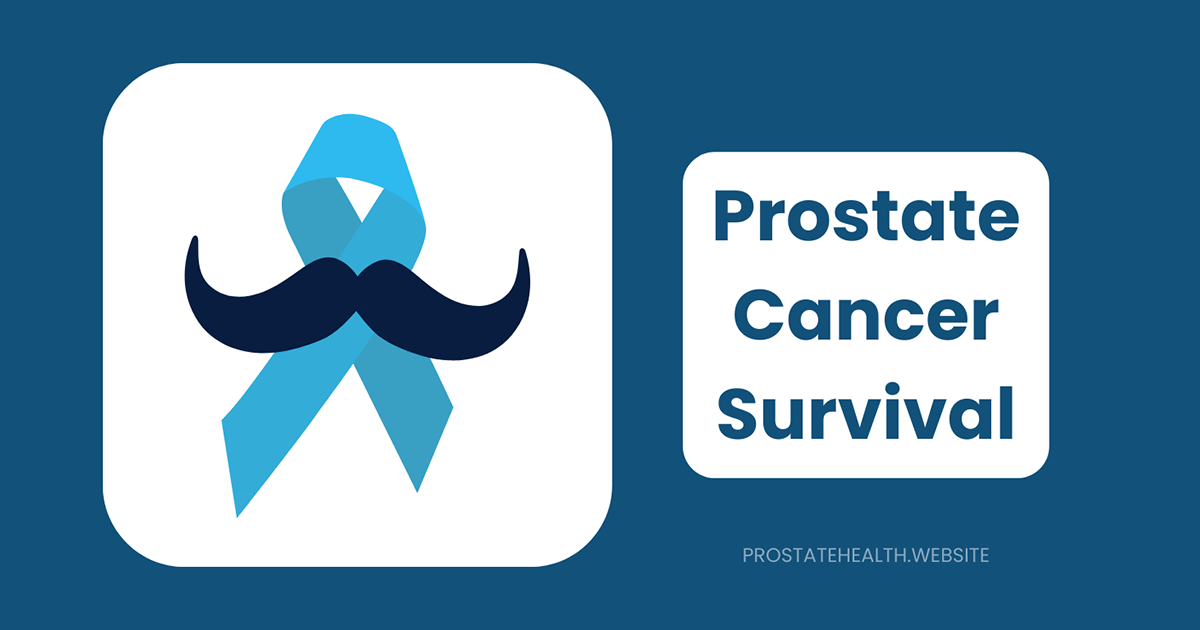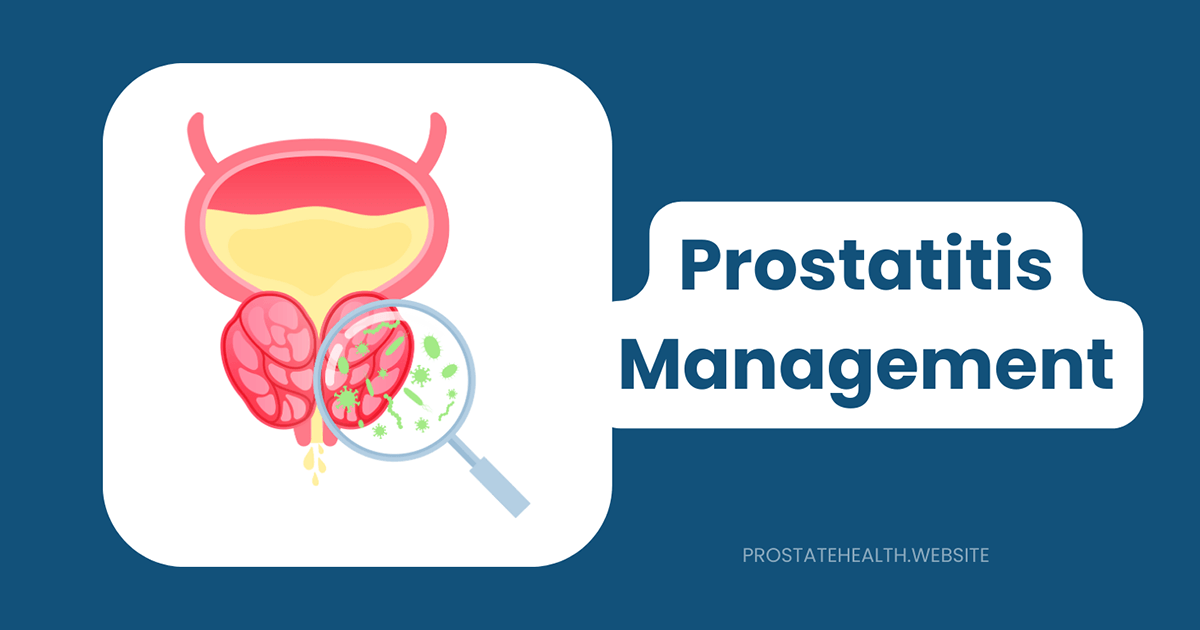Can BPH Resolve on Its Own? Understanding the Natural Course
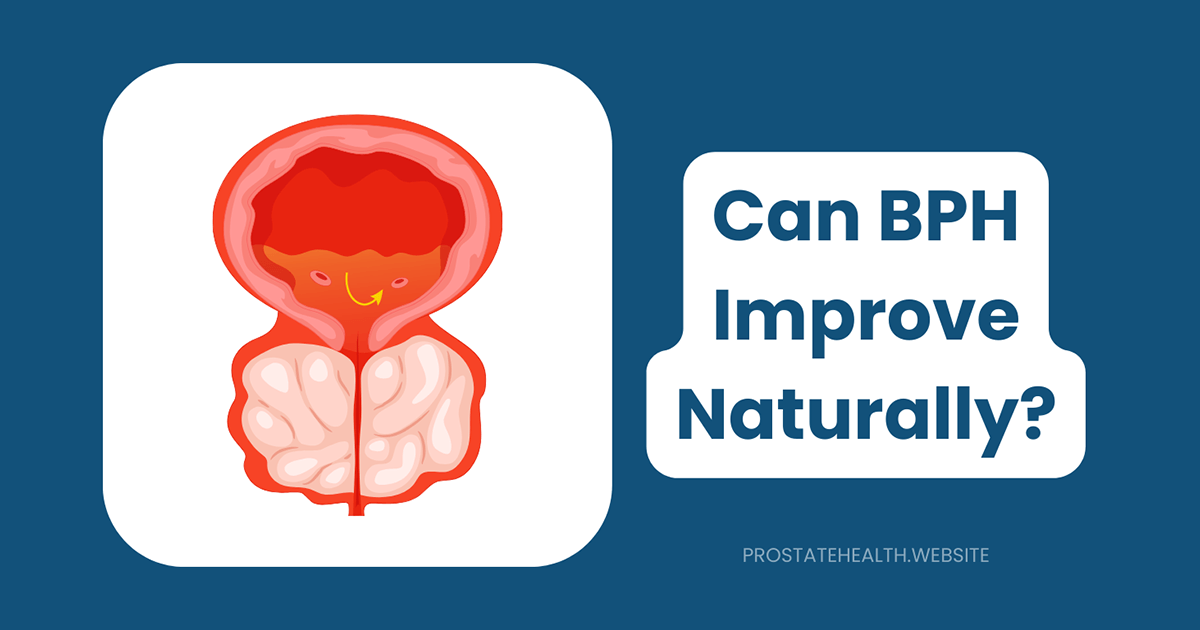
If you’re among the millions of men dealing with benign prostatic hyperplasia (BPH), you’ve likely wondered whether this condition might improve or resolve without medical intervention. It’s a question I hear frequently in my work guiding men through prostate health challenges: “Do I really need treatment, or might this get better on its own?”
This question reflects a natural desire to avoid unnecessary medications or procedures. After all, if BPH could resolve naturally, wouldn’t that be the preferred path?
The answer isn’t a simple yes or no. The natural course of BPH varies significantly between individuals, with some men experiencing symptom improvement without treatment while others face progressive worsening. Understanding this natural course can help you make informed decisions about your prostate health.
In this comprehensive guide, we’ll explore what research tells us about the natural progression of BPH, factors that influence its course, and how to determine whether watchful waiting might be appropriate for your situation.
The Natural Course of BPH: What Research Tells Us
Benign prostatic hyperplasia—the non-cancerous enlargement of the prostate gland—affects most men as they age. By age 60, about 50% of men have some degree of BPH, increasing to 90% by age 85. But how does this condition evolve over time without intervention?
Can BPH Symptoms Improve Without Treatment?
Recent research provides some encouraging news for men hoping to avoid treatment:
- Studies published in 2025 indicate that approximately 20-30% of men with mild to moderate BPH symptoms may experience spontaneous improvement over time without medical intervention
- The Olmsted County Study, which followed men with BPH for over 15 years, found that about one-third of participants experienced periods of symptom improvement without treatment
- Research from the Veterans Affairs Cooperative Study showed that 31% of men in the placebo group (receiving no active treatment) reported improved symptoms after 1 year
Dr. James Thompson, urologist at Metropolitan Urology Center, explains: “We’ve observed that BPH isn’t always steadily progressive. Some men experience symptom fluctuations with periods of improvement followed by worsening, while others reach a plateau where symptoms stabilize for years.”
What About Prostate Size?
While symptoms may improve in some cases, it’s important to distinguish between symptom improvement and actual reduction in prostate size:
- The average prostate growth rate is approximately 1.6% per year in men with BPH
- True reduction in prostate volume without intervention is rare
- Symptom improvement often occurs due to bladder adaptation or changes in other factors rather than prostate shrinkage
The Typical Pattern for Untreated BPH
For most men who don’t receive treatment, BPH follows one of these patterns:
- Stable course: Symptoms remain relatively constant for years (approximately 40-45% of men)
- Progressive worsening: Gradual increase in symptoms over time (approximately 30-35% of men)
- Fluctuating course: Periods of improvement alternating with worsening (approximately 15-20% of men)
- Spontaneous improvement: Sustained symptom reduction without treatment (approximately 5-10% of men)
Robert, 67, shares his experience: “My urologist and I decided to monitor my mild BPH symptoms rather than starting medication immediately. Over the next year, I was surprised to find my nighttime bathroom trips decreased from three to just one, and my urinary flow improved. Three years later, I’m still doing well without medication.”
Factors That Influence the Natural Course of BPH
Why do some men experience symptom improvement while others face worsening? Several factors appear to influence the natural course of BPH:
1. Initial Symptom Severity
Men with mild symptoms (International Prostate Symptom Score < 8) are more likely to experience spontaneous improvement or stabilization than those with moderate to severe symptoms.
2. Age
Younger men (under 60) with BPH have a higher likelihood of symptom progression compared to older men, who may have already reached a plateau in their condition.
3. Prostate Volume
Men with smaller prostates (< 40 cc) tend to have more stable symptoms than those with larger glands, which are more likely to continue growing and causing progressive symptoms.
4. Metabolic Health
Research increasingly shows that metabolic factors significantly influence BPH progression:
- Weight loss in overweight men has been associated with BPH symptom improvement
- Better control of conditions like diabetes and hypertension may slow progression
- Regular physical activity appears to reduce symptom severity in some men
5. Inflammation
Prostate inflammation plays a key role in BPH development and progression:
- Reduction in inflammatory factors through diet or lifestyle changes may improve symptoms
- Addressing chronic infections or inflammatory conditions may help stabilize BPH
Dr. Sarah Chen, researcher in men’s health, notes: “The connection between metabolic health and BPH is one of the most promising areas for natural management. Men who improve their overall health often report BPH symptom improvement, even without direct prostate treatment.”
Lifestyle Modifications That May Help
While true prostate shrinkage without intervention is uncommon, several lifestyle approaches may help improve symptoms or slow progression:
Dietary Changes
- Reduce inflammatory foods: Limiting red meat, processed foods, and dairy may help reduce prostate inflammation
- Increase plant foods: Vegetables, fruits, and whole grains contain compounds that may support prostate health
- Consider specific nutrients: Some research suggests zinc, selenium, and plant compounds like lycopene may benefit prostate health
Physical Activity
- Regular moderate exercise (30+ minutes most days) has been associated with reduced BPH symptoms
- Both aerobic exercise and resistance training appear beneficial
- Even walking regularly may help improve symptoms
Weight Management
- Weight loss in overweight men has been shown to improve urinary symptoms
- Each 1-point decrease in BMI has been associated with a 5% reduction in BPH risk
- Particularly focus on reducing abdominal fat, which has stronger links to prostate issues
Fluid Management
- Timing fluid intake (drinking more in morning/afternoon, less in evening)
- Limiting bladder irritants like caffeine and alcohol
- Avoiding excessive fluid intake while ensuring adequate hydration
Michael, 59, shares: “After my BPH diagnosis, I made several lifestyle changes instead of starting medication right away. I lost 15 pounds, started walking daily, and cut back on red meat and dairy. Six months later, my symptoms had improved enough that my doctor and I agreed to continue with lifestyle management alone. It’s been two years now, and I’m still doing well without medication.”
When Watchful Waiting Is Appropriate
Given that some men experience symptom improvement or stabilization without treatment, watchful waiting (regular monitoring without active treatment) may be appropriate in certain situations:
Good Candidates for Watchful Waiting
- Men with mild symptoms (IPSS < 8)
- Those whose symptoms don’t significantly impact quality of life
- Men without complications like urinary retention or recurrent infections
- Those willing to make lifestyle modifications and attend regular follow-ups
The Watchful Waiting Approach
If you and your doctor decide on watchful waiting, expect:
- Regular monitoring of symptoms using validated questionnaires
- Periodic physical examinations
- Possible uroflowmetry to measure urine flow
- Assessment of post-void residual urine
- Discussion of any symptom changes
When to Reconsider and Seek Treatment
Even with watchful waiting, certain developments should prompt reconsideration:
- Significant worsening of symptoms
- Development of complications like urinary retention
- Symptoms beginning to impact quality of life
- Blood in urine
- Recurrent urinary tract infections
Dr. Robert Williams, urologist specializing in BPH management, advises: “Watchful waiting doesn’t mean doing nothing. It means actively monitoring the condition while implementing lifestyle changes that may improve symptoms. It’s a valid approach for many men with mild BPH, but requires commitment to regular follow-up and honest communication about symptom changes.”
Understanding the Limitations of Natural Resolution
While the possibility of symptom improvement without treatment offers hope, it’s important to understand the limitations:
True Prostate Shrinkage Is Rare
Without intervention, actual reduction in prostate size is uncommon. Symptom improvement typically occurs through:
- Bladder adaptation to obstruction
- Reduction in prostate inflammation
- Changes in fluid balance or habits
- Natural fluctuations in symptom perception
Progressive Condition for Most Men
For the majority of men, BPH remains a progressive condition over the long term:
- The average prostate growth rate is 1.6% per year
- About 1 in 5 men with untreated BPH will eventually experience acute urinary retention
- Long-term obstruction can lead to bladder damage, kidney problems, or other complications
The “Window of Opportunity”
Some urologists describe a “window of opportunity” for effective BPH treatment:
- Early intervention may prevent irreversible bladder damage
- Waiting too long can lead to complications that are more difficult to treat
- The ideal timing varies between individuals
Making an Informed Decision
Given the variable natural course of BPH, how should you approach decision-making about treatment?
Questions to Discuss With Your Doctor
- How severe are my symptoms based on objective measures?
- Is there evidence of complications that require immediate treatment?
- What’s the size of my prostate, and how might that influence the natural course?
- Given my age and health status, what’s the most likely progression pattern?
- What lifestyle modifications might help in my specific case?
- What would be the risks and benefits of watchful waiting versus active treatment?
- If we choose watchful waiting, what monitoring protocol would you recommend?
Balancing Hope and Realism
While hoping for natural improvement is reasonable, balancing this with realistic expectations is important:
- Be open to the possibility of symptom improvement without treatment
- Implement lifestyle changes that may support this outcome
- Maintain regular monitoring to catch any significant progression
- Be willing to consider treatment if symptoms worsen or complications develop
James, 63, reflects on his experience: “When I was diagnosed with mild BPH, I was determined to avoid medication if possible. My doctor supported a watchful waiting approach with lifestyle changes. My symptoms improved for about a year, then gradually worsened over the next two years. Eventually, I decided to start medication. I don’t regret trying the natural approach first—it gave me time to come to terms with the condition and make an informed choice when treatment became necessary.”
Conclusion: Balancing Optimism with Prudent Management
The question “Can BPH resolve on its own?” doesn’t have a simple answer. While complete resolution is uncommon, many men experience periods of symptom improvement or stabilization without treatment. Understanding the natural course of BPH empowers you to make informed decisions about your care.
For men with mild symptoms, a watchful waiting approach combined with lifestyle modifications may be a reasonable first step. This approach acknowledges the possibility of natural improvement while maintaining vigilance for progression that might require intervention.
Remember that BPH management isn’t an either/or choice between doing nothing and aggressive treatment. The spectrum of options includes lifestyle modifications, supplements, medications, minimally invasive procedures, and surgery. The right approach depends on your specific situation, preferences, and how your condition evolves over time.
By working closely with your healthcare provider, staying informed about your condition, and honestly assessing how symptoms affect your quality of life, you can navigate the natural course of BPH with confidence and optimism.
Frequently Asked Questions About Natural BPH Resolution
Complete resolution of BPH without any intervention is rare. While approximately 20-30% of men may experience symptom improvement without treatment, the underlying prostate enlargement typically doesn’t reverse entirely. Symptom improvement often occurs due to bladder adaptation or reduction in inflammation rather than prostate shrinkage.
Signs of natural improvement may include:
- Decreased frequency of urination, especially at night
- Stronger urine stream
- Less urgency or straining
- More complete bladder emptying
- Overall reduction in symptom bother
Using a validated symptom questionnaire like the International Prostate Symptom Score (IPSS) can help objectively track changes over time.
Most urologists recommend evaluating the impact of lifestyle modifications after 3-6 months. If you experience symptom improvement during this time, continuing with watchful waiting may be reasonable. If symptoms remain bothersome or worsen despite lifestyle changes, discussing medical treatment options would be appropriate.
The evidence for supplements in BPH management is mixed. Some plant-based supplements like saw palmetto, beta-sitosterol, and pygeum have shown modest benefits in some studies, but results are inconsistent. If you’re considering supplements, discuss them with your healthcare provider, as some may interact with medications or have side effects.

